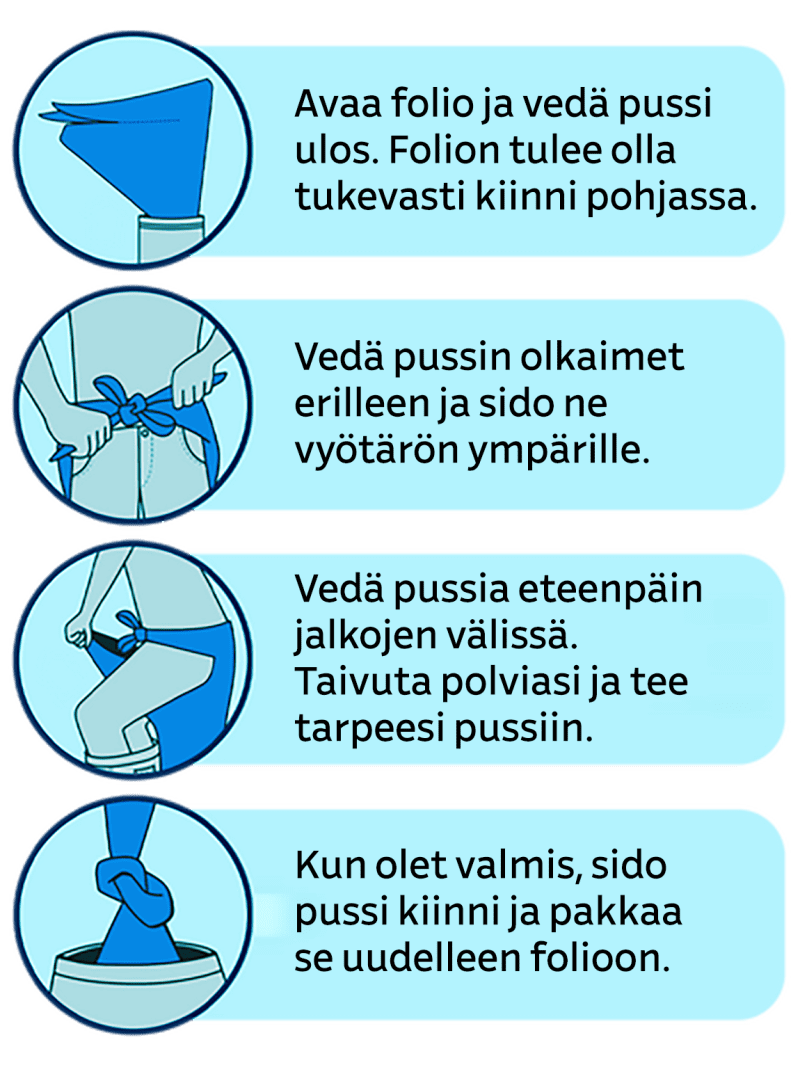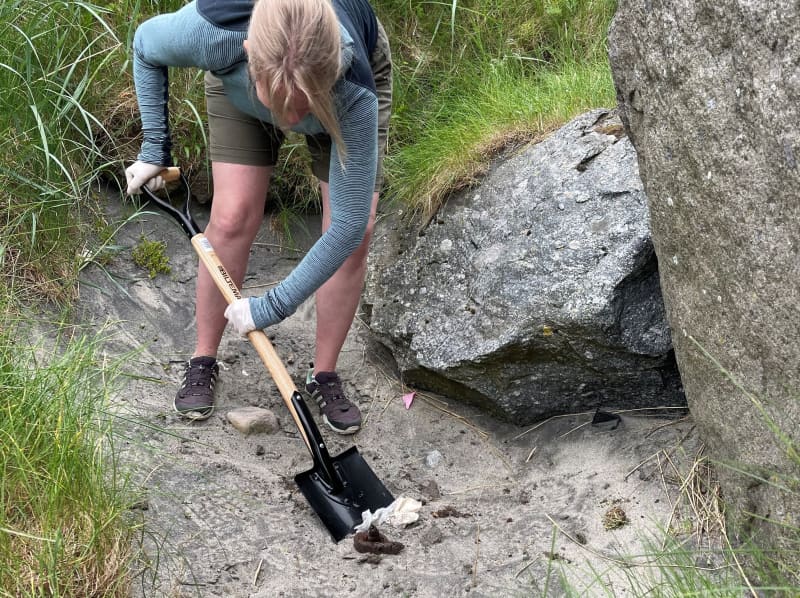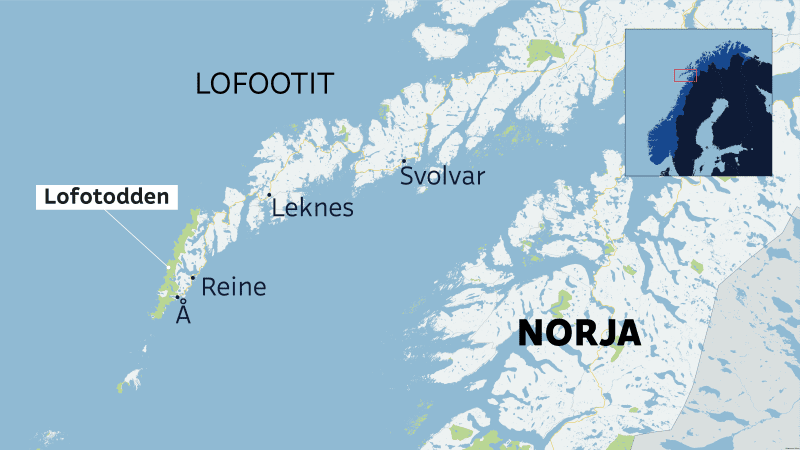The amount of human faeces in Lofoten’s wildlife was halved when free poo bags were distributed to people at popular tourist destinations.
Norway’s Lofoten Islands attract around 320 000 foreign tourists every year to admire the breathtaking scenery.
However, local residents have begun to resent the tourists who bring clanging crowns, leaving unpleasant memories of themselves.
In Norway, it has been reported that tourists even visit people’s gardens when they need to… Locals say that using a cemetery as a toilet shows a lack of respect.
This summer, during the busiest tourist season, a possible solution was launched: human poo bags. The national park in Alaska has had good experiences with poop bags meant for people. It was decided to try the same in Lofoten.
Instead of bush cake to bush cake
Information boards, a box with bags and a container where you can return the used excrement bag were installed in Lofoten’s tourist destinations in July. The bags are odorless and more than 80 percent biodegradable. Using poo bags is free for tourists.
The idea took off. In the first summer, according to people, 600 bags left.

– The majority of people had a positive attitude towards the bags. Others think that human excrement is a natural product and you can defecate wherever you want, describes Kvalshaug’s reactions.
However, bags alone are not enough. According to the director of the national park, more toilets need to be built, at least in places where tourists park their cars.
Waste is a health hazard
It is said that many tourists have also fallen ill with stomach ailments when refilling their water bottles from the fresh and thought-to-be-clean fell stream. In fact, water flavored with E.coli bacteria has flowed in the stream.
Tourist guides cleaning up the droppings with shovels: ‘This is going to make me a bit sick’
At the same time as bags were distributed to people in Lofoten, Destination Lofoten’s travel advisors took action with their own contribution. They went to the national park with buckets and shovels to clean up the old waste.
More than 40 liters of human waste with toilet paper accumulated in the buckets.

He hopes that the rapture will arouse thoughts and responsibility in people who come to Lofoten for a visit.
More than 150 defecation sites along one route
A very popular excursion and overnight destination is Kvalvika. Kvalvika’s turquoise water and sandy beaches can only be admired if you hike over the mountain. Visitors post a lot of picturesque landscape photos from there on Instagram. However, the pictures don’t necessarily convey the reality languishing in the stone holes. On some days, several dozen tents are erected in the area. It is clear that there will be waste.
The picturesquely beautiful Kvalvika is a colony of E.coli bacteria.
From Kvalvika and on the path leading there, 152 different places were registered where people had left their smelly greetings, covered with toilet paper and wet wipes.

However, toilets cannot be built where a stream of tourists happens to be hiking. Kvalvika is the kind of place where it would be really difficult to build a toilet.
– Toilets require maintenance, that’s a challenge. If you can’t get to the place by boat, the only route is to cross the mountains on foot, explains Kvalshaug
However, pooping in rock holes has been halved in a short time after the appearance of poop bags.
Cleaners patrol Besseggen a couple of times a week
There are also problems elsewhere in Norway. Besseggen is a popular hiking destination in Jotunheim. Tens of thousands of people come to see the dizzying mountain and fjord scenery every year. On an eight-hour hike, it’s hard to avoid having to relieve yourself.
– A patrol goes out a couple of times a week to keep the area clean and tidy. Found garbage, waste and papers are burned.
When the cleaning group started its activities, people have not been using nature as a toilet at the same pace anymore, says Bakken.
